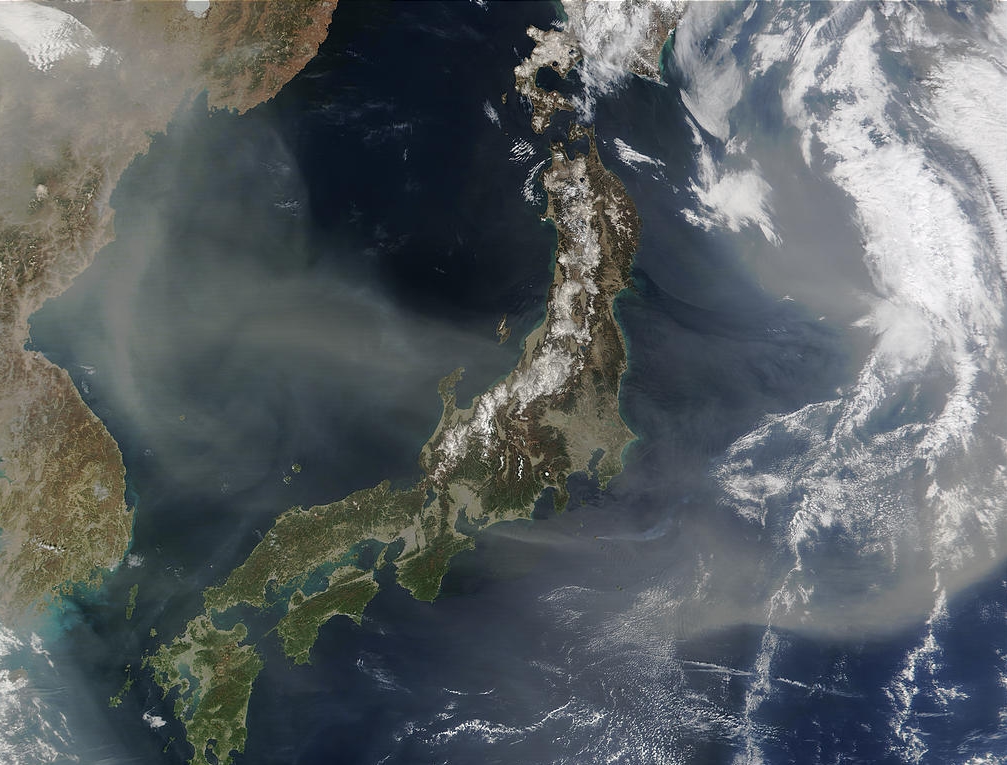Magnitude 5.5 earthquake rocks Fukushima Prefecture
10/23/2015 / By Greg White

History repeats itself. A magnitude 5.5 earthquake struck the Fukushima and Miyagi Prefectures at 3:04 p.m. on Wednesday, according to the Japan Meteorological Agency.(1)
In 2011, a magnitude 9.0 earthquake launched a tsunami that blasted the Fukushima Daiichi power plant. It was the worst nuclear disaster since the Chernobyl catastrophe in 1986. Cleaning up the power plant has been a slow and tedious process. The recent earthquake is just one more event to set back these efforts.
The quake occurred off the northeast coast of Japan. A tsunami warning has not been issued. The epicenter was close to the Fukushima shoreline, with the quake originating 30 kilometers below the surface.(1)
In the Fukushima, Miyagi, Ibaraki and Tochigi Prefectures, the quake had an intensity of 4 on Japan’s shindo scale. It registered a 2 in Gunma, Saitama, Chiba, Kanagawa and Tokyo.(1)
So far, the Tokyo Electric Power Company (TEPCO), the company in charge of the power plant, has not reported any hiccups with its decommissioning project in wake of the quake.
According to the earthquake magnitude scale, a 5.5 magnitude earthquake is a moderate quake, which typically causes slight damage to buildings and other structures. They occur throughout the world about 500 times per year.
TEPCO at fault for Fukushima disaster
TEPCO has been charged for being at fault for the Fukushima disaster. In particular, the company ignored data which suggested that an earthquake of magnitude 8.6 or higher could trigger a tsunami off the coast of Fukukshima. The company instead claimed that waves would not rise more than 6.1 meters, despite reports predicting waves of up to 10 meters years before the Fukushima disaster. Waves stretching more than 7 meters in height ended up flooding the power plant and taking out backup generators, which led to multiple reactor meltdowns at the plant.(2)
Support our mission to keep you informed: Discover the extraordinary benefits of turmeric gummy bears and organic "turmeric gold" liquid extract, both laboratory tested for heavy metals, microbiology and safety. Naturally high in potent curcuminoids. Delicious formulations. All purchases support this website (as well as your good health). See availability here.
It doesn’t take a rocket scientist to figure out that building a nuclear power plant on the coast of Japan is a bad idea. The country sits on the western edge of the Ring of Fire, which is one of the most tectonically active places on Earth. An estimated 90 percent of the world’s earthquakes occur in the Ring of Fire. It was just a matter of time before an earthquake would rock the Fukushima Prefecture.(2)
Japan has a notorious history with earthquakes too, so it’s not like the 2011 earthquake should have caught anyone by surprise. Nearly 1,500 earthquakes shake the country each year. And at least two major earthquakes of an 8.0 magnitude or greater plague the country each century.(2)
More earthquakes expected to shake Fukushima Prefecture
Officials at Tokyo University have warned that the chance a severe earthquake striking Tokyo within the next 30 years is as high as 98 percent, whereas the Japanese government has estimated a 70 percent likelihood of a magnitude 7 earthquake striking the capital in the next three decades.(3)
According to the Japanese government, a magnitude 7.3 earthquake would kill roughly 5,600 people, injure 159,000 and destroy 850,000 buildings.(3)
Best estimates suggest that it will take TEPCO at least 40 years to clean up the power plant, which is more than enough time for an tsunami to roll over the power plant again and again. Unfortunately, the most recent earthquake to strike the Fukushima Prefecture is likely to be just one of many in the decades to come.
Sources include:
(1) JapanToday.com
(2) LiveScience.com
(3) TheGuardian.com
Tagged Under: earthquake, nuclear disaster, nuclear power plant, tsunami




















